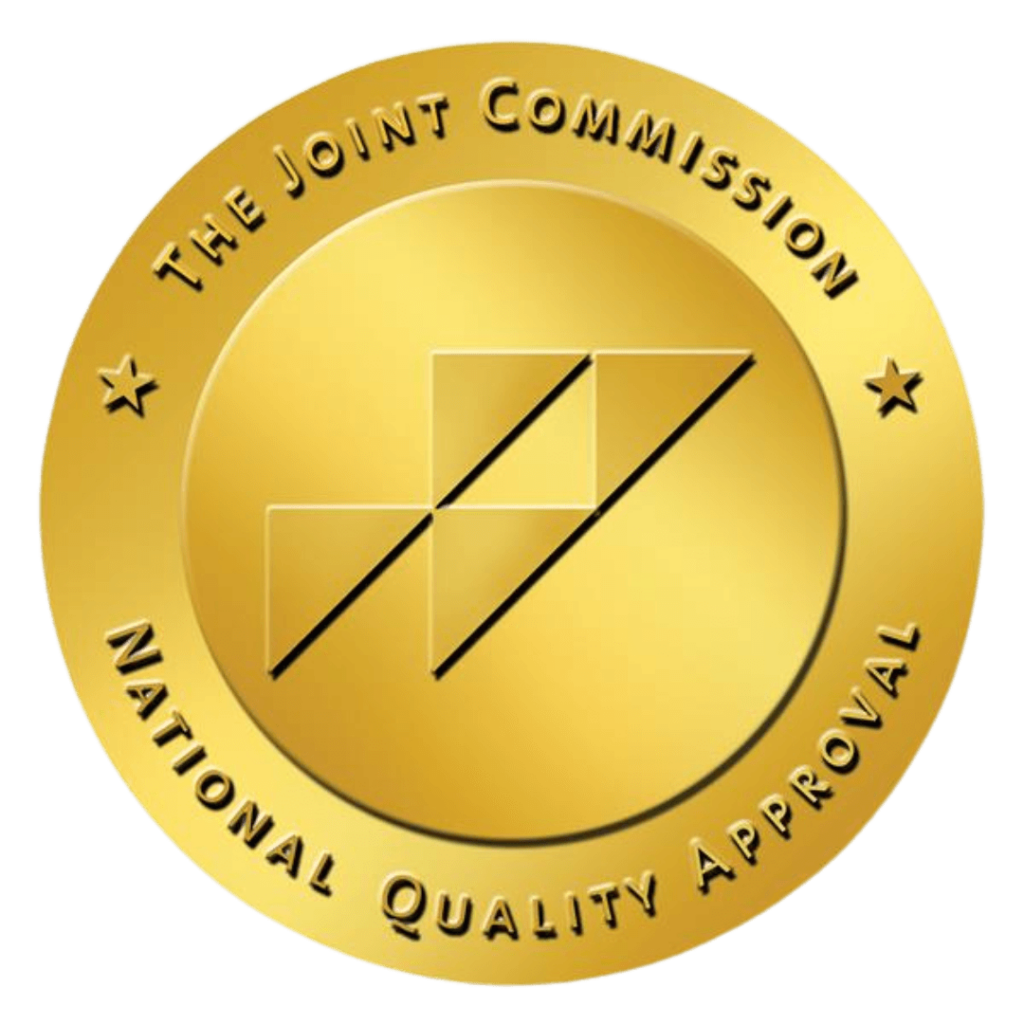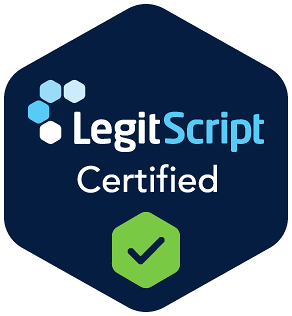
Substance abuse addiction is one of the more prominent issues observed in ordinary households in the United States. It can destroy healthy habits in ordinarily productive people and dismantle the relationships that keep families and communities stable. As a result, substance abuse addiction, specifically alcoholism, is considered a family disease. Regardless of who is suffering from addiction, the disease emotionally affects both parents and children, while increasing various types of risks, such as violence and financial instability at home.
Although it has potential risks, substance abuse addiction can be detected, as individuals suffering from it manifest signs and common patterns. We observe these in physical symptoms, behavioral changes, and even disturbances to mental capacities. However, when substance abuse addiction is not detected early, it can progress to drug dependency, where individuals may lose their ability to perform everyday functions. Although it may be challenging, seeing common substance abuse patterns is essential to save our loved ones from further harm.
What happens when someone is addicted? In this article, we discuss the signs to watch out to prevent severe addictive behaviors inside the household.
Overview of Addiction
What is an addiction in simple words? What is the definition of an addict?
Before diving into addict behaviors and familiar patterns of substance abuse addiction, it is necessary to define and uncover its implications. According to a study published in the Dialogues in Clinical Neuroscience, addiction is a biopsychosocial disorder characterized by repeated use of drugs, or repetitive engagement in behavior such as gambling, despite the potential harm to self and others. Addiction can take on many forms and sources, ranging from sex down to food and video games while gaining control over an individual’s life.
How do you know you’re addicted?
Substance abuse disorder starts from common behavioral addiction, which are hardwired habits formed upon repetition. This behavioral addiction then stems from the compulsion to engage in rewarding non-substance-related practices. In simpler terms, this means that there are existing innate traits of individuals that increase their risk of falling victim to substance addiction. For example, extended use of social media and the internet can indicate an individual’s disconnection with their lifestyle and emotional distance from the family.
Despite having no physical evidence of an individual’s use of illicit substances, doctors and addiction specialists can recognize and diagnose drug and alcohol addiction through the presence of symptoms – by evaluating the physical, psychological, emotional, and behavioral manifestations.
The following are some examples of addictive behaviors.
Physical Indicators of Substance Addiction
What are the four common characteristics of addiction?
Most abused substances affect the human brain through stimulation and changes in hormone levels. As a result, long-term substance addiction causes actual changes to the brain’s neurological structure, affecting how it functions typically. Chemical and physical modifications in the brain eventually manifest in physical characteristics for someone suffering from substance abuse. The following are the physical symptoms:
- Withdrawal symptoms and substance cravings– Having drug dependency, or suddenly stopping its use, can give individuals feelings of headaches, nausea, anxiety, and weakness.
- Increased tolerance to a drug or alcohol- Tolerance occurs when the body gets used to the substances. A more significant intake amount is necessary to get a feeling of pleasure and satisfaction.
- Changes in physical appearance- Addictive chemicals, specifically alcohol, take and use water from the body. As a result, the skin, which is visible from face to feet, becomes dehydrated.
- Heightened risk of ordinary and chronic illnesses- Drug abuse weakens the immune system. People become more prone to catching a cold, the flu, and bacterial infections. Also, chronic health conditions, such as high blood pressure and organ damages, may manifest with prolonged substance addiction.
Behavioral Patterns of Substance Abuse
What is the behavioral model of addiction? What are the patterns to watch out for?
More often than not, drug dependency causes changes to behavior and actions in people suffering from it. It even limits the capacity of previously productive individuals to perform daily functions. These symptoms become extremely dangerous for students or people with jobs, since addiction can disrupt their lives’ essential aspects. Changes in terms of behavior include:
- Lying, secretive, and manipulative behavior– People suffering from drug addiction often do not disclose their actions and whereabouts. When people ask about their daily activities, they also do not respond in a specific way. Pressuring these individuals may also lead them to exhibit manipulative behaviors, as if sadness is the only facet which causes them to lose control over their life.
- Blaming most things, but not their substance addiction- When someone sinks more profoundly into addiction, they can blame family, luck, or even specific scenarios. As a person loses the ability to be productive, the accountability for oneself also decreases. However, it is necessary to remember that most drug addicts are just victims of unfavorable circumstances.
- Evident neglect and lack of self-care– Addicted individuals throw away their responsibilities for themselves and other people, like friends and family. In terms of finances, they often drain their funds by purchases of said substance. In the forms of hygiene and eating properly, self-care is also rarely observed. Surprisingly, improper eating habits is an addictive behavior.
- Criminal intent and violence- Small acts that violate laws, such as stealing, are a strong indicator of substance influence. Also, long-term drug and alcohol addiction can often allow individuals to carry out domestic violence towards their partner and children.
Psychological and Emotional Symptoms of Drug and Alcohol Use
As previously mentioned, drugs and alcohol stimulate the brain unnaturally. It alters perception, changes mood, distorts thinking, and even destroys one’s innate motivation. It is not surprising then, that incidents of rape and sexual harassment often involve an individual’s use of addictive substances. The following are psychological and emotional characteristics which an individual who is suffering from addiction manifests:
- Extreme mood changes– Drugs and alcohol creates a chemical imbalance in the brain. Victims of drug use may all of a sudden exhibit strong emotions out of nowhere, such as anger, sadness, and anxiety.
- Loss of motivation to do things the individual used to love– Aside from physical capacities, emotional energy is gradually removed by being mostly occupied by drug use. Interest in doing hobbies and other activities becomes scarce within the individual.
- Denial and refusal to seek help– Denial, being one of the early stages of recovery from addiction, becomes evident in their reasoning. Individuals can argue that they are still in control of their lives, even if they are not.
- Negative thoughts and feelings- Impulsiveness, shame, and guilt become prominent in the person’s thoughts, as they realize their inability to stop.
- Increased risk of mental health disorders– Substance use disorder destroys the mental health of an individual. It becomes a stepping stone to worse conditions, such as depression and severe anxiety.
What are the four C’s of addiction?
Which other characteristic is associated with drug abuse?
Aside from observing the physical, behavioral, and psychological effects of drug and alcohol abuse, there is a simple approach to determine if someone is dealing with an addiction. The four C’s can be applied as well, not just to substance abuse, but also to other forms of addiction. These include:
- Compulsion – This means that an individual has an absolute and overpowering urge to fuel their addiction. Impulsive and compulsive habits signify it.
- Craving – Craving is the restless urge, which manifests in insomnia and lack of appetite. It mimics someone’s physical needs.
- Consequences – The behavior continues regardless of health consequences. Even if consequences manifest in school, work, and family, the drug dependency still takes over.
- Control – The stage of the lack of control prevents the individual from discontinuing the substance addiction. Most of the time, professional help is essential in eliminating behavioral addiction in this stage.
What percentage of addiction is genetic?
According to recent publications, genetics account for 70 percent of a person’s tendency to develop an addiction in any form. However, this does not mean that a healthy and caring familial environment cannot prevent this from inevitably happening in the future. With open conversations and proper education, growing individuals can avoid the harms posed by illicit drugs and alcohol. The role of the family becomes vital in prevention, and rehabilitation becomes necessary in healing.
The Role of the Family and Drug Rehabilitation in Recovery
How do you deal with compulsive behavior?
Substance abuse addiction can be detected by emotionally and physically close people, such as family and friends. They are the ones with the opportunity to observe small changes in a person. Realizing that a loved one is suffering from drug addiction or alcoholism is already a step towards that person’s road to recovery. We might not be the ones entirely responsible for our loved ones, but showing the effort to try to reach out can go a long way.
Regardless of substance addiction severity, treatment plans, which can target specific symptoms, can be provided by a trusted drug rehab center. There are evidence-based methods that ensure that behavioral symptoms are well-addressed, alongside the actual drug dependence. There will always be hope for ourselves and our loved ones, another shot for a productive life.
At Restore Health and Wellness, our drug rehab in Simi Valley, CA, provides addiction treatment programs and behavioral therapies designed for specific addiction types. We have treatment plans that target specific behavioral changes, addressing these drug addiction treatment matters to get us back to our regular selves. Let us discuss how we can start you or your loved one’s journey to recovery.
Give us a call at (818) 862-3503 or visit our drug rehab center in Thousand Oaks, CA at 6918 Owensmouth Ave Canoga Park, CA 91303.
- 24/7 Admissions (818) 722-9019
- On-Site Contact (818) 806-3914
Disclaimer: This post serves a strictly educational use. It does not reflect the services, products, or therapeutic approaches of this establishment or its healthcare practitioners. The purpose of this blog is not to advertise the products, services, or therapeutic approaches of any other establishment that may be associated with this site. On the subject of safe or legal services, products, and appropriate therapies, recommendations ought to be given by a qualified professional on a case to case basis.




